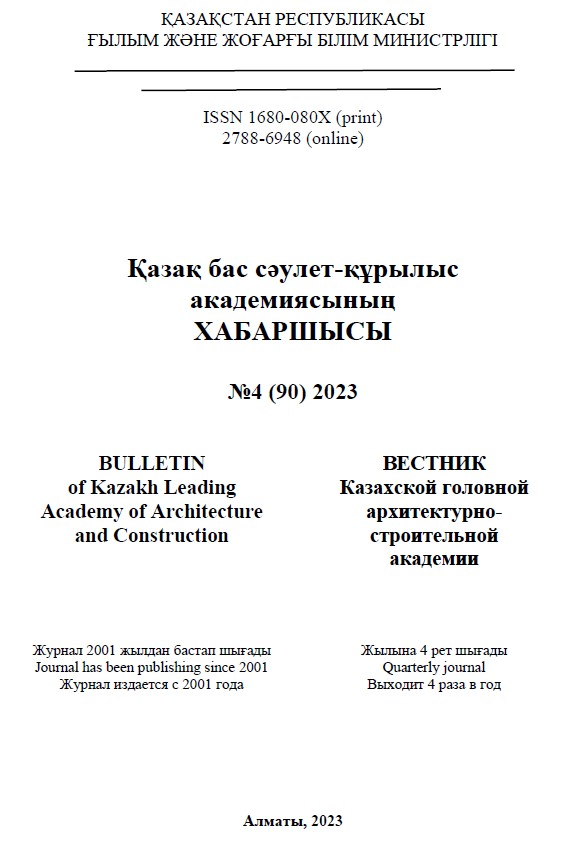Аннотация
Since the notion of active public realm life was coined, more and more scholars and researchers have been researching public realm life, transportation efficiency and related terms about why they are essential and how spaces can incubate social cohesion. Yet, there is a limited investigation, particularly in Kazakhstan, of how urban morphology affects the core issues of the public realm’s role in creating more socially cohesive communities. Thus, this paper seeks to find out whether we can improve public realm life vitality in a case study of Republic Square, which is considered to be one of Almaty's central, cultural, and political stages, by evaluating the existing urban morphology and analysing the outcomes of the selected site using a triangulation of morphological mapping, observation and survey methods. A connection will be extracted between public realm life vitality and use efficiency by engaging with urban morphology, through which it is possible to examine the synergy and determine if it is feasible to achieve these two and how we can mediate them. However, the current urban planning of Republic Square hardly facilitates active social life due to a lack of accessibility, low density, poor functional mix, blank interfaces, and insufficiency of the nighttime economy. Still, further research is required to investigate the selected site's fast traffic concerning the city's transportation system to propose perspective design strategies.


